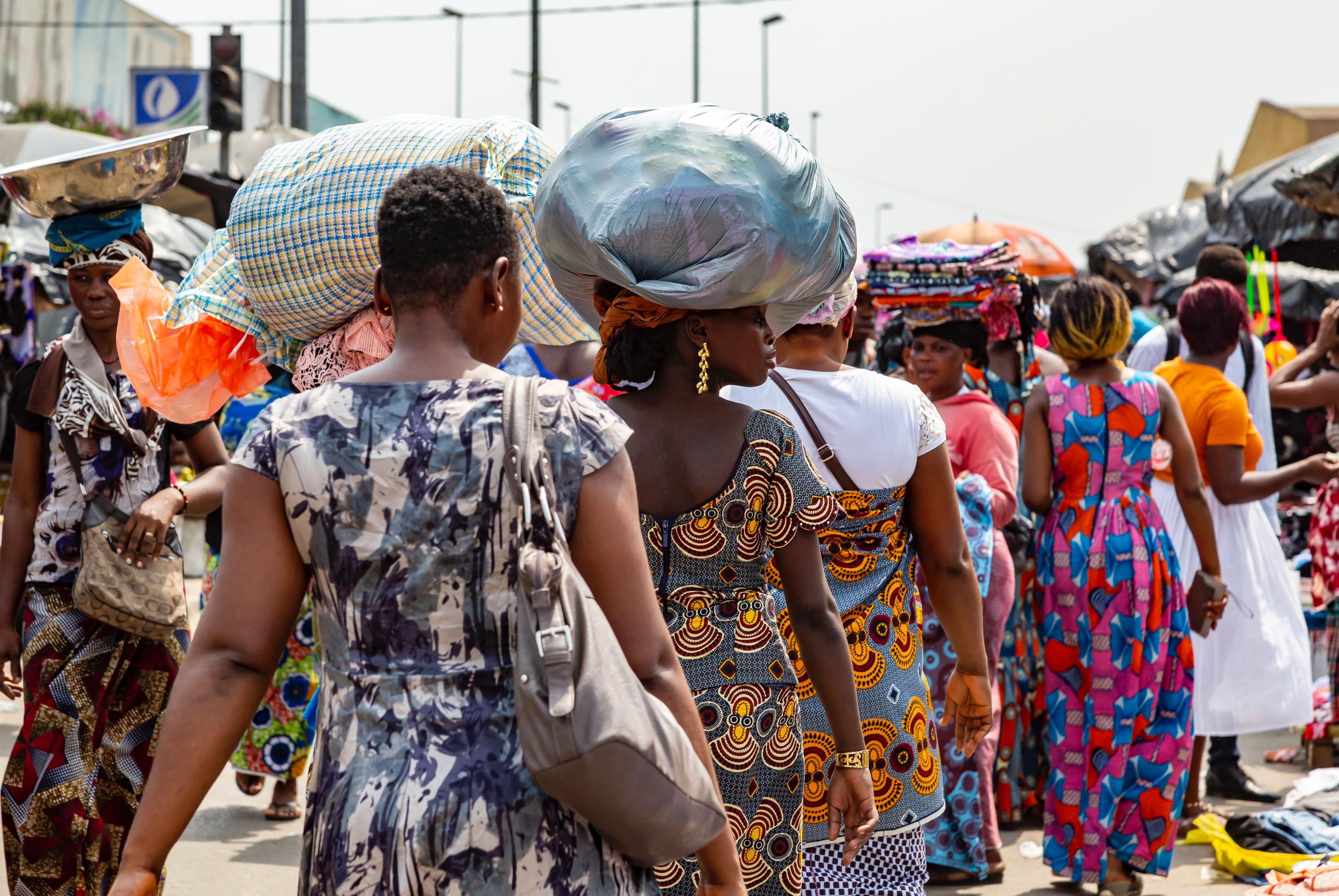- The increasing food prices have majorly occasioned the rise in consumer expenditure.
- In the review period, 50 per cent of the Kenyans polled indicated static income levels over the last year
- 53 per cent of Kenyans polled allocated less than 10 per cent of their income to travel and leisure expenditures.
Food and housing, which have been the thorn in the flesh of many consumers, remained the top concerns consuming the bulk of Kenyans’ spending.
“The majority of the spending by individuals goes to food and shelter and less than 10 percent goes to entertainment and leisure activities,” said ICEA LION head of Research Judd Murigi.
ICEA, however, notes that the ILAM Consumer Spending Index rose by 18 per cent to 116 in the final quarter of 2023 and fell by 5 per cent to 110 in the first three months of 2024. Murigi pointed out a significant improvement in individual spending trends in the fourth quarter of 2023, driven mainly by women and consumers aged between 18 and 35.
Rise In Consumer Expenditure
The rise in spending was largely attributed to the higher cost of items purchased. In the review period, 50 per cent of the Kenyans polled indicated static income levels over the last year, while 25 per cent reported increased income and reduced income, respectively.

This was an improvement from 2023 when almost 40 per cent of respondents reported a decline in income over the previous 12 months. The lower-income segment recorded the strongest improvement in spending trends regarding socioeconomic categories.
According to the findings, about 67 per cent of respondents have allocated a minimum of 31 per cent of their income towards food and shelter expenses over the past three months.
Additionally, approximately 51 per cent have allocated less than 10 per cent of their income to leisure and entertainment activities. Approximately 53 per cent of Kenyans polled allocated less than 10 per cent of their income to travel and leisure expenditures.
Despite the push for a saving culture in the country, 46 per cent of respondents allocated less than 10 per cent of their income towards savings, with about 9 per cent reporting no allocation for savings.
“Approximately three quarter (75 per cent) of Kenyans attributed their increased spending to rising prices of goods, whereas 25 percent indicated that they spent more due to purchasing additional goods,” added Murigi.
Among those reporting decreased spending, 57 per cent cited lower prices of goods as the reason, while 43 per cent attributed it to purchasing fewer quantities of goods. The report, however, faulted the high cost of credit in the country for reducing the uptake of loans.
Read Also: Kenyan consumers optimistic, but financial worries weigh heavy
It revealed that only 12 per cent of Kenyans’ expenditure was in credit compared to 88 per cent of those who made purchases using their own income. Among those who use credit options, mobile loans and local shop arrangements emerged as the most preferred mode, accounting for 35 per cent and 22 per cent, respectively.
“Individual spending trends exhibited positive trends while retail business sales came under pressure in the first quarter of 2024” said ICEA LION Asset Management CEO – Einstein Kihanda.
Among the businesses polled, approximately 56 per cent experienced a decline in sales, with the majority reporting a decrease ranging from 1 per cent to 20 per cent. On the other hand, for the 44 per cent of businesses that saw an increase in sales, the majority reported an increase ranging from 6 to 20 per cent. (restorehealthky.com)
Retail business sales trends improved by 6 per cent in the final quarter of 2023 but declined by 15 per cent in the first quarter of 2024. The rise between October and December was majorly driven by higher customer traffic and higher individual customer spending, while the decline in January to March was especially in the clothing retail and food & beverage outlets.